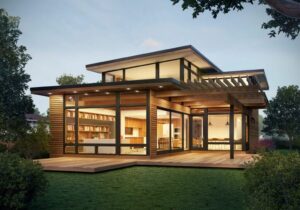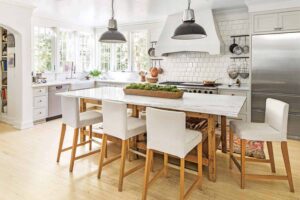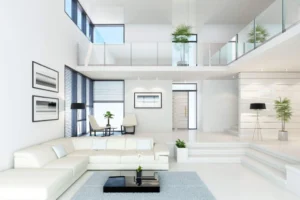Interior Constructing Instructions For Healthful Space Designs

Cost, aesthetics, and speed are the three main problems you are likely to encounter when working on interior construction projects for customers. On paper, this makes a lot of sense. After all, some of your clients might require quick construction of their spaces. Naturally, they want to ensure that the work is completed to their standards and within their budget. Now, things are beginning to change, and another trend—healthy design—is gaining popularity.
Some Important Interior Construction Examples:
Making Smart Material Selections
While there are many various actions you can take to support healthy design, selecting materials, especially finishes devoid of hazardous chemicals, is a good place to start. VOCs, formaldehyde, and certain polymers are a few of the frequent offenders in this situation. Although these can have varying effects on people according on their sensitivities, they are frequently involved in sick building syndrome. If left untreated, this may result in discomfort like headaches, nausea, and annoyance in general.
Designing Biophilic Structures
Although the term “biophilic” may not be widely known among interior builders, it basically refers to any design or construction decisions made with the intention of strengthening the bond between the building’s residents and nature. A property owner can approach this in a variety of ways. Lighting can take many forms, from simple additions like light shelving and sunrooms to the use of natural-inspired furniture and accents. Wood, stone, and plants are frequently used in interior construction projects to bring nature indoors whenever possible.
Acoustics/Sound
Have you heard of the term “noise pollution”? That is something that is well worth including in your construction considerations if you reside in a populated location or are looking to expand a commercial or professional space. Excessive background noise levels are inevitably associated with concentration problems and higher levels of stress at work. As a result, a goal of healthy design is to achieve particular decibel levels and reverberation time values.
Judicious floor planning
This is a little bit more individualized and esoteric than the other topics we’ve been discussing on this list. Making sure that every area you build has some level of privacy, especially in a domestic environment, is a crucial component of healthy design. Because of this, interior construction teams should ensure that their floor layouts give everyone enough personal space.





